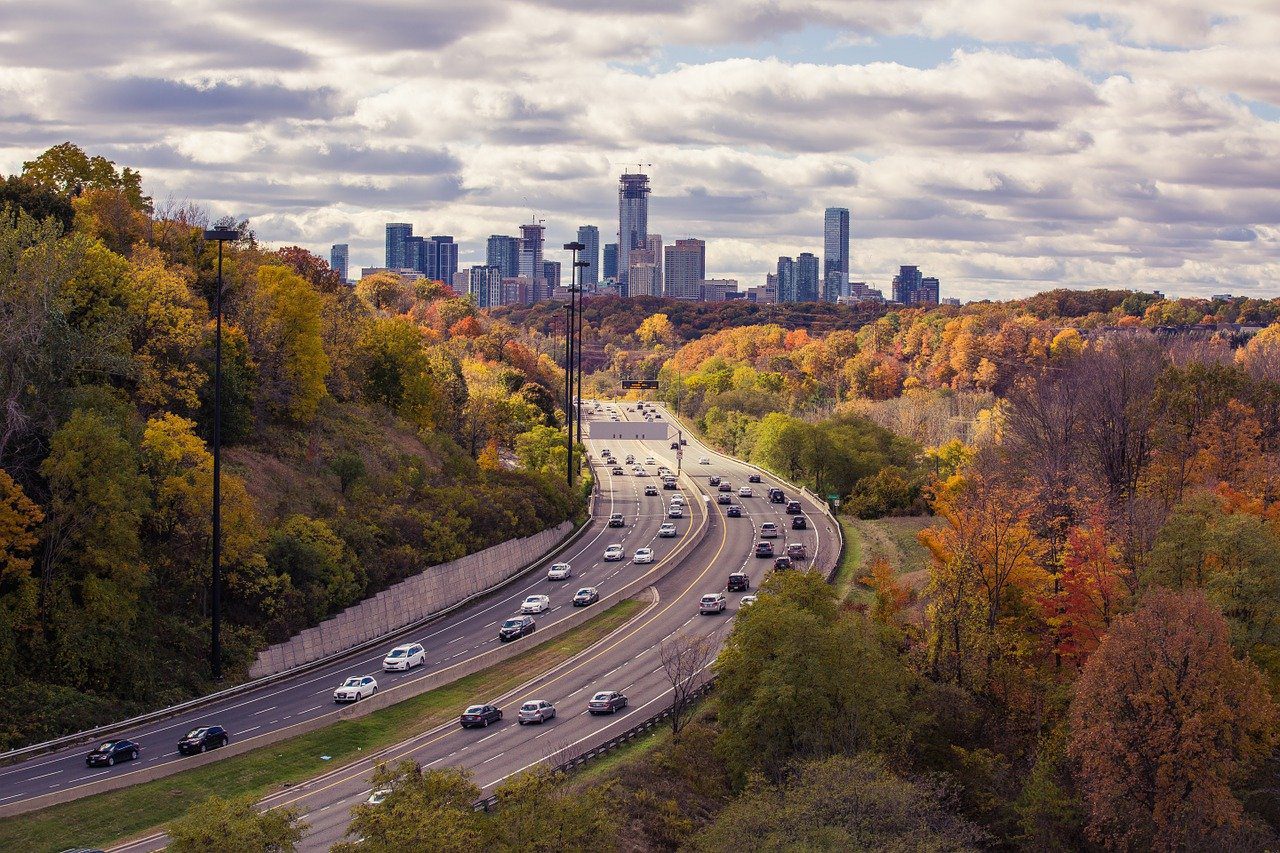Driving tips for learners
Driving is an important milestone in life. However, there are many things you need to remember and learn. These tips will allow you to get the most from your driving lessons and make you a safer driver.
Before you get behind a wheel
Before you start your driving sessions:
- Review your knowledge about the road rules
- Put your L plates on the car
- Keep your learner logbook safe in your glovebox or another safe place. You will need to complete it after each drive.
- Decide where you will keep your learner license. You will need it with you whenever you drive.
Locating a supervisor
As long as you have an open license for at least one year for the vehicle class you are driving, you can drive with anyone.
Combining professional driving lessons with practice sessions with friends or family is a smart idea.
Driving practice
Your learner license must be kept for at least one year. This gives you ample time to practice driving in different situations.
Instead of waiting for your practical driving test, you should spread your driving practice over the duration of your learner license.
It is important to practice your driving skills weekly in different locations.
You should always drive in different conditions: in the dry, wet, peak hour, at dusk, and at night.
Practice driving with a supervisor is a good idea. Make sure you’re alert and focused.
If you are:
- Are you tired?
- You have ever had alcohol. As a learner, you must adhere to the no alcohol limit
- medications, whether prescription or illegal.
Tips for safe driving
Get your car ready
Before you take your first drive, here are some things to consider.
- Make sure that your tyres are at least 1.5mm in tread and properly inflated
- Make sure you have enough fuel and that your oil and water are full
- Adjust your seat to ensure you have excellent visibility and control
- Adjust the height of the headrest to be at least the same height as your eyes.
- Adjust the height of your steering wheel so that you feel comfortable and can see the road ahead.
- Make sure your feet are able to comfortably reach the pedals
- Ask your supervisor to help you walk around the car to check for blind spots.
- Ask your supervisor to verify that the brake and indicator lights work correctly
- Make sure you pay attention to where the important controls such as the handbrake and demister are located.
Take the time to learn to drive in multiple cars. Some may have power steering, while others may have different brakes or mirrors.
For more information on maintaining your vehicle, see Maintaining your Car.
On your first few drives
Your first driving session:
- Turn the radio off to ensure that it does not distract you or your supervisor
- Think about the impact your driving may have on other road users.
Night driving
Night driving:
- You should turn your headlights on when there is low visibility, such as between sunset and dawn.
- Slow down if a vehicle approaches you with its high beam lights on, and then look to the left side of the road until it passes you.
Driving in foggy, rainy or smoky weather
If you are driving in foggy, rainy or smoky weather conditions:
- Reduce your speed
- Increase your following distance in front of the vehicle.
- Avoid sudden braking, acceleration, or turning in order to minimize your chance of skidding
- Turn on your headlights
- Use your air conditioner or demister to keep the windscreen and windows from fogging up
- All road closure signs must be obeyed
- Never drive on roads or streets that are covered in water.
Driving on country roads
Driving on country roads is a great experience.
- lookout for wildlife and livestock on roads, roadsides and near water crossings–particularly at sunrise and at night
- Be on the lookout for tractors that tow farm machinery
- Avoid stopping near or on bridges, floodways, or other narrow roads.
- Be wary of heavy or long vehicles travelling on narrow roads
- If it’s safe, pull to the left when a long vehicle or road train is coming towards you. This will prevent damage to your windscreen
- Do not overtake a train on a curve, crest, or bridge. You should only overtake on flat ground and straight ground if there is a clear view.
Mountain or range roads
Driving on mountain roads or range roads is dangerous.
- Pay attention to yellow warning signs and adjust your speed as these roads often have many bends and steep hills.
- Pay extra attention when choosing the right gear to drive in. This will reduce your need to use your brakes.
- Allow extra following distance in case of vehicles having trouble keeping up speed on steep climbs. Only overtake when it is legal and safe.
- You should be extra careful if you’re following large vehicles uphill or downhill.
Driving on dirt roads (unsealed)
Driving on dirt roads is dangerous.
- Remember that different surfaces can have different gripping properties (e.g. gravel is very different from sand).
- Slow down, increase your following distance, and adapt your driving technique to the conditions
- Be careful: Dust clouds can hide ruts and potholes in dry conditions. In wet conditions, dirt roads can become slippery, muddy and boggy.
Driving in the City
If you drive through the city:
- To avoid stress and sudden changes, plan your route and ensure you stay in the right lane.
- Be extra alert for road signs, signals, and road markings such as no entry signs, one-way signs, shared zones, pedestrian crossings and shared zones.
- Be aware of speed restrictions in areas where there is high pedestrian traffic.
Driving on the streets of suburban neighbourhoods
Driving on suburban streets is dangerous.
- Keep your eyes open as you drive near parked cars. Children and pedestrians may be difficult to spot if they cross the road from behind cars.
- Take extra care when children are present, such as at schools or on playgrounds.
- Be alert for stop and yield signs and unmarked intersections.
- You should not drive faster than 50 km/h unless you see a sign to the contrary.
Driving on major roads
Driving on major roads:
- Your following distance should be increased behind the vehicle in front. You should allow for more stopping time because you will drive faster on the main roads. If conditions are good, you should allow at least two seconds between your vehicle & the vehicle following it.
- Follow the speed limit and conditions.
- Take care of intersections, even if you are given the green light.
- Be aware of what other road users do.
- You will be able to react quickly if you look ahead for hazards.
- You should plan your movements in advance. Give plenty of notice about what you are planning to do. These intentions should be clearly stated, for example, when you wish to change lanes or turn.
Learn more about the specific rules that apply to learner drivers, such as logbook requirements or restrictions on mobile phones

